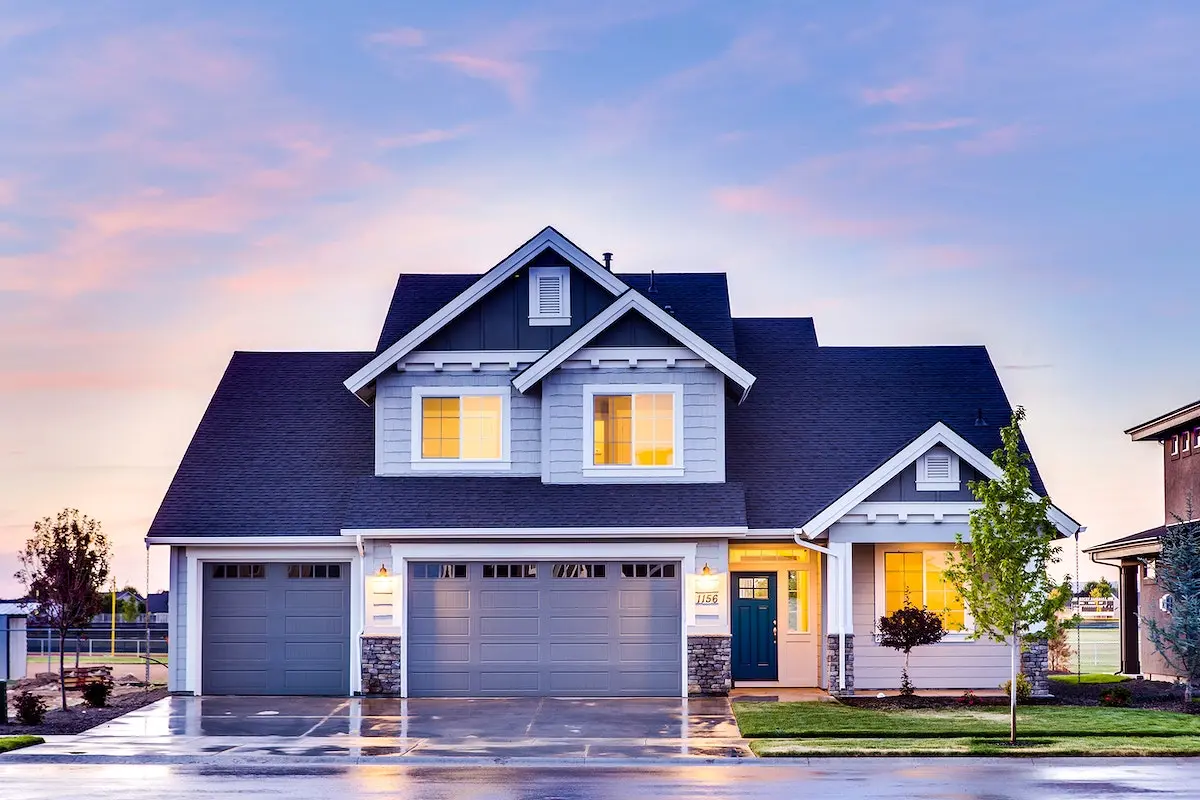In recent years, Tanzania has experienced a remarkable surge in modern housing developments driven by factors such as rapid population growth, urbanization, and evolving lifestyles. This article delves into the key trends and transformative developments shaping Tanzania’s modern housing industry and examines the broader implications these changes hold for the nation’s future urban landscape.
Population Growth and Urbanization
Tanzania is among Africa’s fastest-growing nations by population. According to the United Nations’ 2023 projections, the population is slated to reach approximately 142 million by 2050. This rapid demographic expansion places considerable pressure on the housing sector, where demand currently outpaces supply.
Urbanization is intensifying alongside this population boom. The World Bank reports that Tanzania’s urban population has soared from 4 million in 1990 to over 22 million in 2023, with forecasts indicating an increase to approximately 38 million urban dwellers by mid-century. This shift drives substantial demand for modern housing solutions that align with contemporary urban living standards.
Modern housing developments in Tanzania are a direct response to this urban demand. Developers focus on delivering housing units equipped with modern amenities such as swimming pools, fitness centers, and retail complexes designed to serve the growing urban middle class.
Changing Lifestyles
Rapid urbanization has stimulated a transformation in lifestyles across Tanzania, particularly among young professionals and middle-income earners who increasingly embrace modern, Western-influenced living standards. The desire for contemporary amenities and convenience shapes the design and features of new housing developments. For those planning to visit Tanzania, visa information can be accessed via clicking here.
Modern homes in Tanzania typically boast open-plan layouts, sleek kitchens, and en-suite bathrooms, reflecting a focus on spaciousness and functionality. These features accommodate the evolving preferences of Tanzanian households seeking comfort, style, and practicality.
Affordability
Affordability remains a critical challenge as the cost of modern housing often exceeds the financial reach of many Tanzanians. With a large low-income population, the government and developers prioritize affordable housing projects targeting this segment.
Affordable homes typically feature compact designs with prices ranging from $25,000 to $60,000, providing accessible options for first-time buyers and renters. Collaborative financing schemes between developers and government agencies support low-income groups in acquiring these properties.
Sustainability
Sustainability is increasingly integrated into Tanzania’s housing sector, with growing awareness of environmental impacts prompting adoption of green building practices. Developers incorporate eco-friendly materials and energy-saving technologies such as solar photovoltaic panels and rainwater harvesting systems.
These sustainable features not only reduce the environmental footprint but also lower utility expenses for homeowners, promoting long-term affordability and resilience against rising energy costs.
Challenges
While the modern housing movement gains traction, several obstacles remain. Affordability continues to be a barrier for many, necessitating strengthened public-private partnerships to expand subsidy and financing programs. Additionally, infrastructure deficits in urban expansion zones—such as inadequate road networks, water supply, and electrical grid access—hinder sustainable housing development.
Cooperation between developers and government entities is essential to guarantee the provision of necessary infrastructure prior to large-scale housing projects. For further insights on related topics, visit CLEANING for information on Environment.
As Tanzania’s urban landscape evolves, the real estate sector holds immense potential to drive economic growth and improve living standards. Continued investments in affordable, sustainable, and innovative housing solutions will be vital to accommodate the growing population while addressing socio-economic disparities. Emphasizing quality urban planning and infrastructure development will further support vibrant, inclusive communities across the nation.



